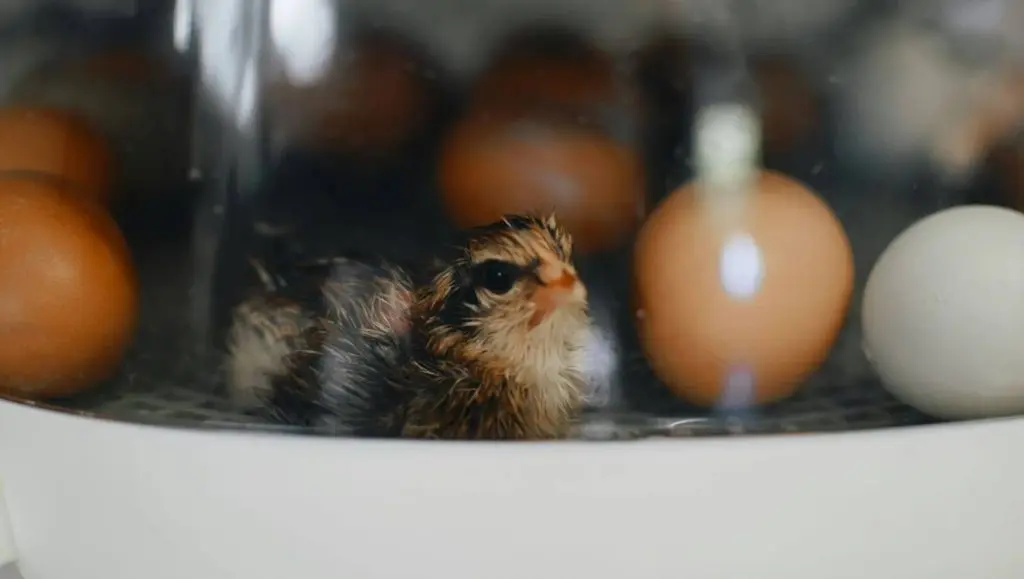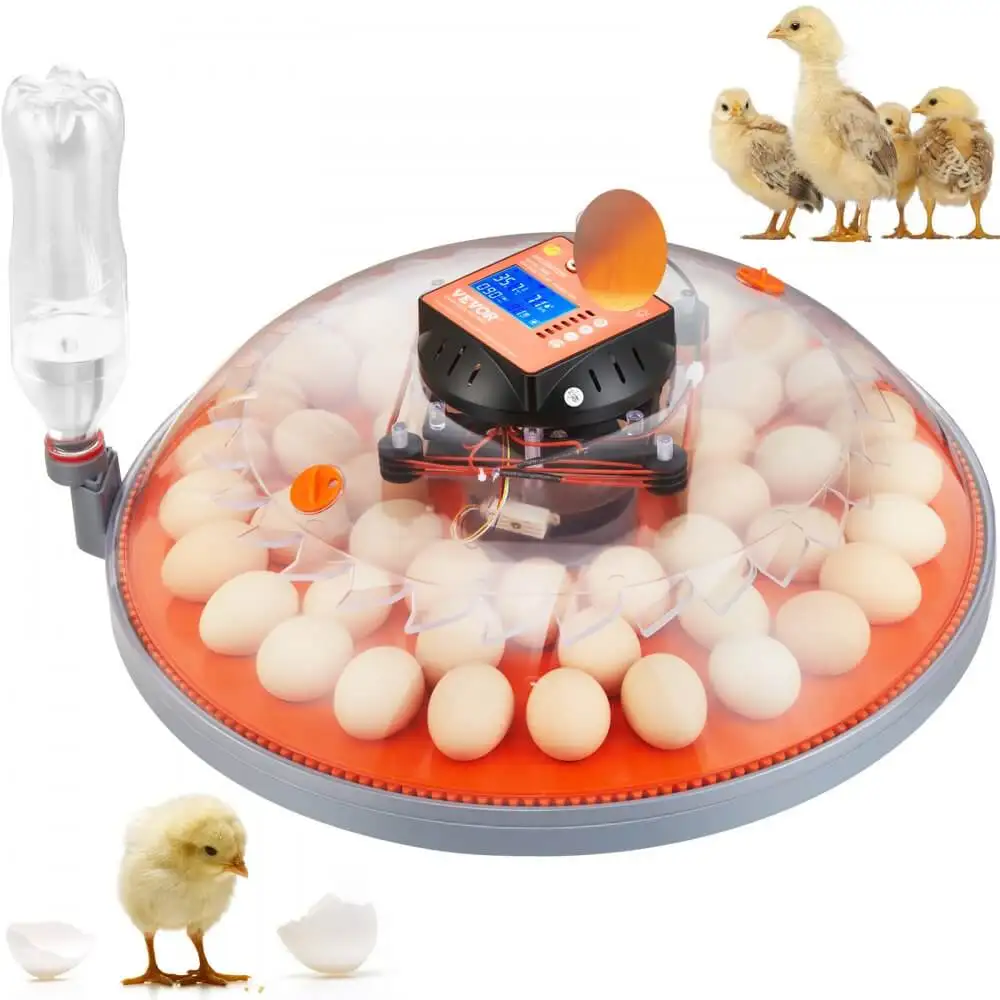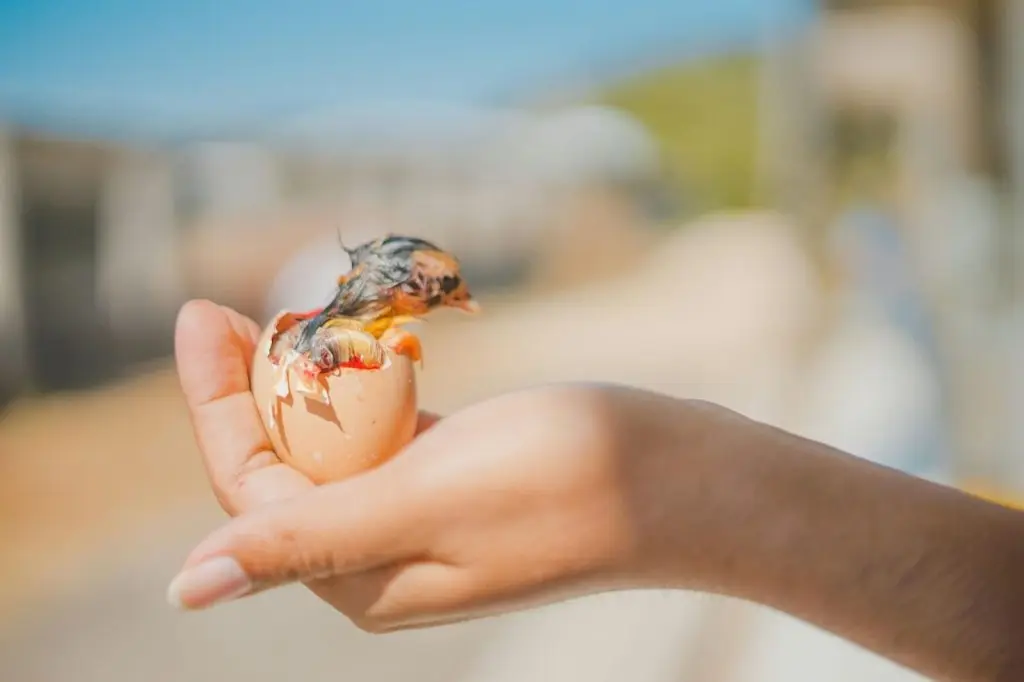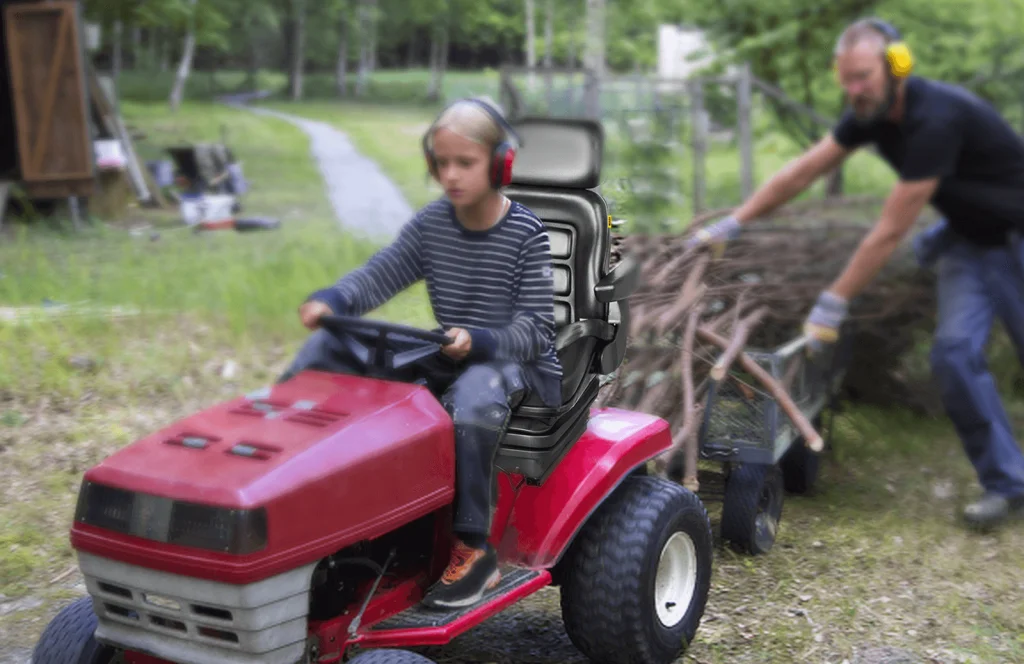Ever dreamt of witnessing the miracle of life unfold before your eyes? Hatching your own chicks from eggs can be a truly rewarding experience. And this can happen through incubation. Of all miracles of nature, one of the most amazing is the transformation of eggs into chicks through incubation.
Incubation refers to the process of creating and sustaining optimal circumstances for the growth and hatching of viable eggs. Incubation is essential for preserving the favorable conditions for the development and hatching of fertile eggs.
For a seamless incubation of eggs you need a top-quality incubator. From all the several alternatives in the current market, we recommend the VEVOR Egg Incubator as the most dependable and user-friendly option. The VEVOR incubator has an automatic turning feature which promotes uniform heating and healthy embryonic development. It also operates on the principle of temperature and humidity regulation. These parameters are continuously monitored by sensors, which exchange data with the control system in order to regulate the internal conditions.
VEVOR incubator also promises a higher hatch rate. The tool improves the odds of a successful hatching by maintaining a constant temperature and humidity, which are perfect conditions for embryo growth.
Table of contents
Getting Started with Egg Incubation
There are some key factors you should consider before commencing your journey on egg incubation. You want to be sure if incubation is the right solution for you at the particular time, and you also want to understand the types of eggs available, as well as how to choose them. We have discussed more on these factors below.
Is Egg Incubation Right for You?
Commitment, time and responsibility are all connected but essentially vary. Of course you have to decide that you are going to be committed before embarking on that 21-day journey of egg incubation. You have to conclude in your heart that you are going to be dedicated to the cause from the beginning to the end.
On the other hand, time is of the essence. Apart from the fact that a successful egg incubation process will require you to dedicate most, if not all, of your time, it is also of utmost importance to be time-conscious when tending to these eggs. Lastly, taking responsibility is everything! You could ask around from experienced farmers for some help and ask if the incubation process may be too demanding a responsibility to shoulder.
Choosing the Right Eggs
It is crucial to choose the right eggs from a reputable source. To get the most nutritional value out of eggs, choose ones from chickens that are well-fed and treated with care. When you buy eggs from a trustworthy farm, you know the chickens are happy and healthy because they have plenty of room to go about, have access to good food, and have adequate medical attention whenever they need it.
Eggs from reliable sources have higher fertility and hatchability rates. Eggs from reputable suppliers are also less likely to be infected with food-borne diseases like Salmonella or E. coli. Protein, vitamins, and minerals are often more abundant in eggs laid by healthy chickens.
Understanding Egg Types
Apart from chicken or hen eggs, incubators can also be used for eggs from the following poultry animals.
- Ducks
- Doves
- Rock partridges
- Pheasants
- Geese
- Peacocks
- Partridges
- Pigeons
- Quail
- Turkeys
- Turtle doves
In the end, it is essential to understand the types of eggs you want to hatch, and their respective incubation period in order to get the desired result.
Preparing for Incubation
Ensure you prepare the incubator environment by sanitizing the incubator among other procedures. Keep reading to find out other preparatory measures to follow.
Candling Eggs
The eggs should be examined with a candling light after 5 to 8 days of incubation in order to detect blood vessel development (spider web-like) and the presence of a dark mark on the embryo. At 18 days of age, when the embryo is visibly differentiated from the air cell by a distinct dividing line, candling may also be performed.
For a productive egg candling session, you will need the following; an egg candler, a dark room or dark environment, an egg tray, and a timer.
Here’s a step-by-step guide on candling eggs successfully:
- Focus the light on the air sac-forming portion of the egg at its larger end.
- Slightly rotate it until an optimal closure is achieved against the egg and a clear view of its interior is obtained.
- If an embryo exhibits a network of white blood vessels, it is a successful hatch. The embryo is represented by a dark outline in the center of the blood vessels.
Preparing the Incubator Environment
For a successful outcome, we suggest that you keep the incubator at the temperature suggested by the incubator’s manufacturer (in this case, VEVOR). For forced draft-type incubators, the temperature requirement typically ranges from 99.5° to 100.5°F, or 37.2°C to 37.8°C. For still-air incubators, it’s roughly 1°F higher. Keep the relative humidity between 50% and 65% for the first three days of incubation, and then raise it to between 70% to 90% for optimal hatchability.
Sanitizing the Incubator
Before utilizing the incubator, ensure it’s clean. Rinse the water pans and egg tray. If necessary, soak in warm water mixed with a little bleach or disinfectant. However, do not use chemical cleansers to clean the bottom of the incubator. The toxins may destroy the embryos.
The Incubation Process: A Day-by-Day Guide
The incubation process follows an intentional plan that must be followed closely for the desired result. This section provides a daily guide that details the incubation process from day 1 to day 21.
Day 1-17: Incubation Period
Changes in the Eggs: The bulk of the incubation time occurs at this stage. You will be able to “candle” the eggs after one week to see whether an embryo is taking shape. Unless your incubator is equipped with an automatic egg turner, you are advised to rotate the eggs every eight hours. For the sake of keeping track, many individuals mark the end of each shell with an X.
Maintaining Temperature and Humidity: In a perfect world, the temperature and humidity levels for incubating chicken eggs would be 99 to 102 degrees Fahrenheit and 55% to 60% respectively. Please note that humidity fluctuations are tolerable, and they are less important than temperature fluctuations.
Day 18-21: Hatching Period
Signs of Hatching: You’ll start to hear peeping from within the eggs on day 21. They could start to wobble, and tiny fissures might appear. Chicks must emerge from their shells within a day or more, so even if a chick seems to be having difficulty, you must not impede its progress.
Adjusting Humidity: You’ve arrived at the incubation lockdown stage. Raise the humidity to 65–70% and get the freshly born chicks a place to stay when they hatch.
Minimal Intervention: You will not be opening the incubator or flipping the eggs going forward. Actually, these young chicks’ struggles during hatching aid in the development of healthy muscular function.
Hatching Success! Caring for Newborn Chicks

After taking the chicks out of the incubator, be sure to put them in a brooder that has extra heat. The ideal temperature for a chick’s first week of life is about 95°F. Find something sturdy to use, such as an aquarium, a plastic bag, or a cardboard box. The chicks won’t be able to squeeze into corners as much in round or oval pots. Put out some heat, such a desk light or a heat lamp with a heat bulb (the latter is more ideal). The light may be raised or lowered to control the temperature.
If you want to get the chicks to peck, scatter some grain on the brooder floor and tap it with your fingernail. The water should be gently dipped into the beak tip. Handle each chick separately.
Lastly, keep a close eye on your chicks throughout their first few days of life to check for signs of health or any potential issues. Eliminating contaminated feed is an absolute must. Put some shredded paper or wood chips or other non-slick bedding on the bottom of the container so the chicks may walk more easily.
Beyond Chicks: Incubating Other Bird Eggs with the VEVOR Incubator
Apart from chicken eggs, the VEVOR Incubator can be used to incubate other poultry eggs. However the incubator comes with customizable parameters tailored to the different species of eggs, so poultry owners must be aware of this and apply accordingly for the best outcome.
Versatility of the VEVOR Incubator
The VEVOR incubator is known for its versatility. Apart from chicken eggs, the incubator can also store and safely hatch eggs from quail, duck, turkey and other birds. To accommodate eggs of varying sizes and shapes, many versions have inserts or trays designed for specific eggs.
Adjusting Incubation Parameters
The VEVOR gg incubator comes with customizable settings that let you tailor temperature, humidity, and turning intervals to meet the needs of the eggs of various bird species. The adaptability allows you to cultivate the best environment for a variety of eggs.
Resources for Specific Bird Eggs
In essence, finding the perfect incubation parameters for specific bird eggs is important for achieving a high hatch rate when incubating them. Thankfully, there are some relevant sources for finding these parameters. For adequate information, you should check out Poultry Hub Australia, the Animal Science section of the Kansas State University, or The Poultry Site. All of these sites will provide you with adequate information on the parameters for your choice of bird egg.
Conclusion: The Joy of Hatching with VEVOR
It is indeed a joy to behold the miracle of life through incubation. Every stage has you at the edge of your seat until the satisfactory end. However, to achieve the desired goal of a successful hatching, you must invest in a quality incubator like the VEVOR Egg Incubator.

With the VEVOR Incubator, there is an increased rate of hatching. The incubator prevents the eggs from dropping or shattering too easily. Its precision guarantees that the eggs are always turned occasionally, and it keeps the humidity and temperature at a steady level daily. To have a firsthand experience of this miracle of life, visit the VEVOR website today to order for your own VEVOR incubator, follow the guidelines above, and watch your eggs hatch into chicks within a month!





